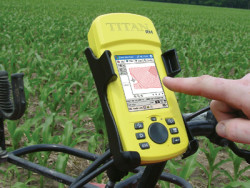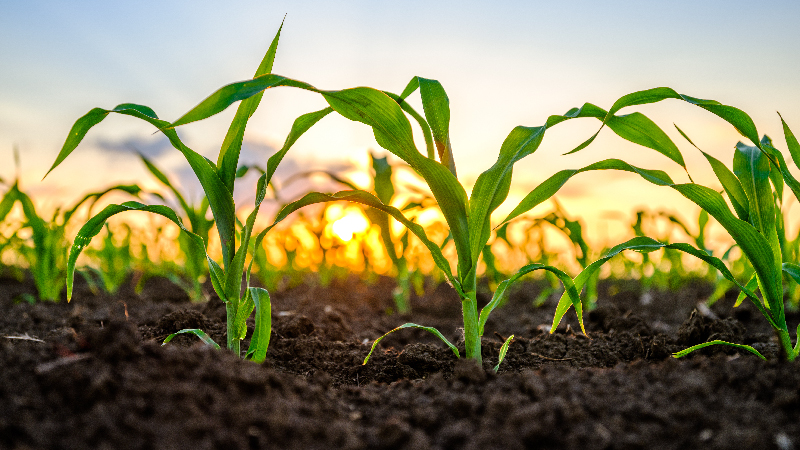Saving Through Scouting

A key element of modern agriculture, scouting technology can save a grower time and money. Knowing the assets and needs of each field is priceless; unfortunately, scouting tools aren’t. CropLife® magazine asked several manufacturers and dealers for their opinions on the best tools for the money.
Handheld/Pocket PCs
Most companies agree: Electronic recording of field observations is a time-saver, allowing field histories to be accessed and evaluated in minutes. As AgRenaissance Software President David W. Krueger explains: “The advantage of keeping scouting records is that it provides a means to see how, for example, pest populations have changed over time as a result of pest management practices.
The problem with using a paper-based recordkeeping system is that it could take hours to go through the scouting records, field by field, to determine if a pest problem is being controlled and which pest management practice is best.
“Instead, a software recordkeeping system like AgRenaissance‘s FieldRecon allows the data to be quickly retrieved for reports and field history, he says. FieldRecon is a field management tool that records crop information, scouting observations, spray applications, harvest data, and other details in a user-friendly journal format. The pocket PC version, PocketRecon, collects information out in the field; the data is then uploaded into the FieldRecon database back at the office.
However, says Stark, “The standard out of the box pocket PC is not designed for field elements. Rain, dirt, and dust are very hard on cheap devices.” Although Farm Works recommends a Site Mate package with iPAQ Pocket PC to users concerned with low cost, the company directs those who rely on these devices daily to the TitanRT or TitanRH, both of which are designed to work in rough environments and can handle sun, rain, snow, sleet, and ice. Farm Works takes the additional step of modifying the hardware, including the mounting system and pre-installation of software so the built-in GPS receiver automatically locks onto Site Mate. “Everything is ready to go right out of the box,” Stark says, “and one never has to worry about losing data again.”
Data Transfer
Data transfer — and possible loss — is a major issue, and “most (ag users) have little time to devote to downloading and organizing” collected data, Stark says. Farm Works’ new software, Farm Sync (released November 2007), allows a user to “download data from a mobile device into their desktop computer through a wireless network.” Stark explains that there is no longer the need for a sync cable for transferring data to the office computer. Busy users often don’t download the data gathered on a mobile device to their office computers, resulting in damaged or lost records. Farm Sync prevents this, making data transfer easy by utilizing the same wireless hub already used for wireless Internet.
The SST Field PC with Communications Module also saves time and worry during uploading, as it provides sealed CF and SD card slots, which can accommodate a GPS receiver, extra data storage, wi-fi, or cellular modem cards; alternately, wireless communication is available through Bluetooth, wi-fi, or cellular.
Additional Issues
Cynthia Turski of Spectrum Technologies, Inc. sees two different issues: The difficulty of easily identifying pests and diseases, and the reliance on subjective visual readings. To handle the first problem, she recommends Spectrum’s IPM Scope, a digital microscope which enables fine detail magnification, still-image capture, measurements, and the ability to draw or add labels directly on the image.
The subjectivity of visual readings is a bit harder to deal with, but Spectrum has that covered with several innovative chlorophyll meters, which provide objective readings. To avoid human error with corn or cotton readings, Spectrum recommends the SPAD 502, a compact, lightweight, and highly accurate chlorophyll meter that monitors plants’ nutritional conditions.
With more growers facing new issues cropping up from planting corn-on-corn, field scouting has gone from being an excellent way to manage field crops to a necessity.





